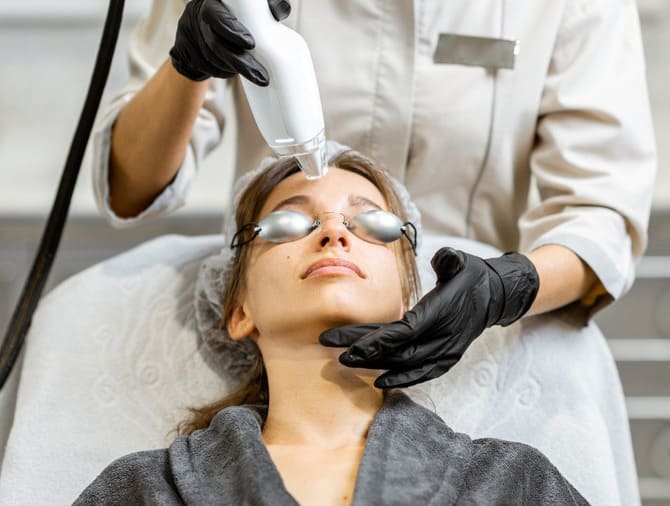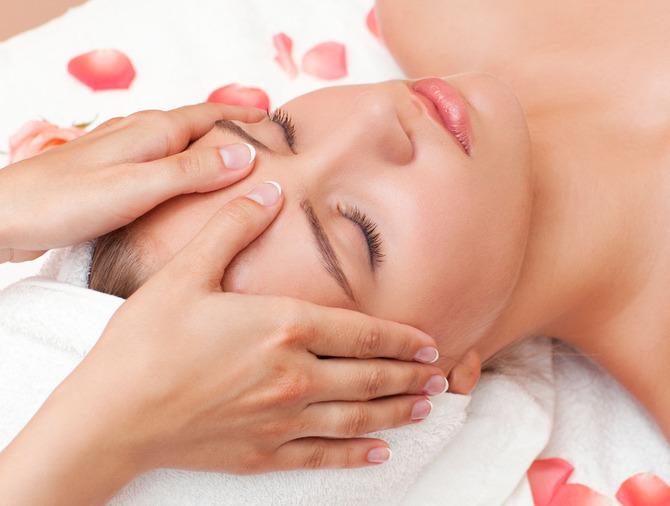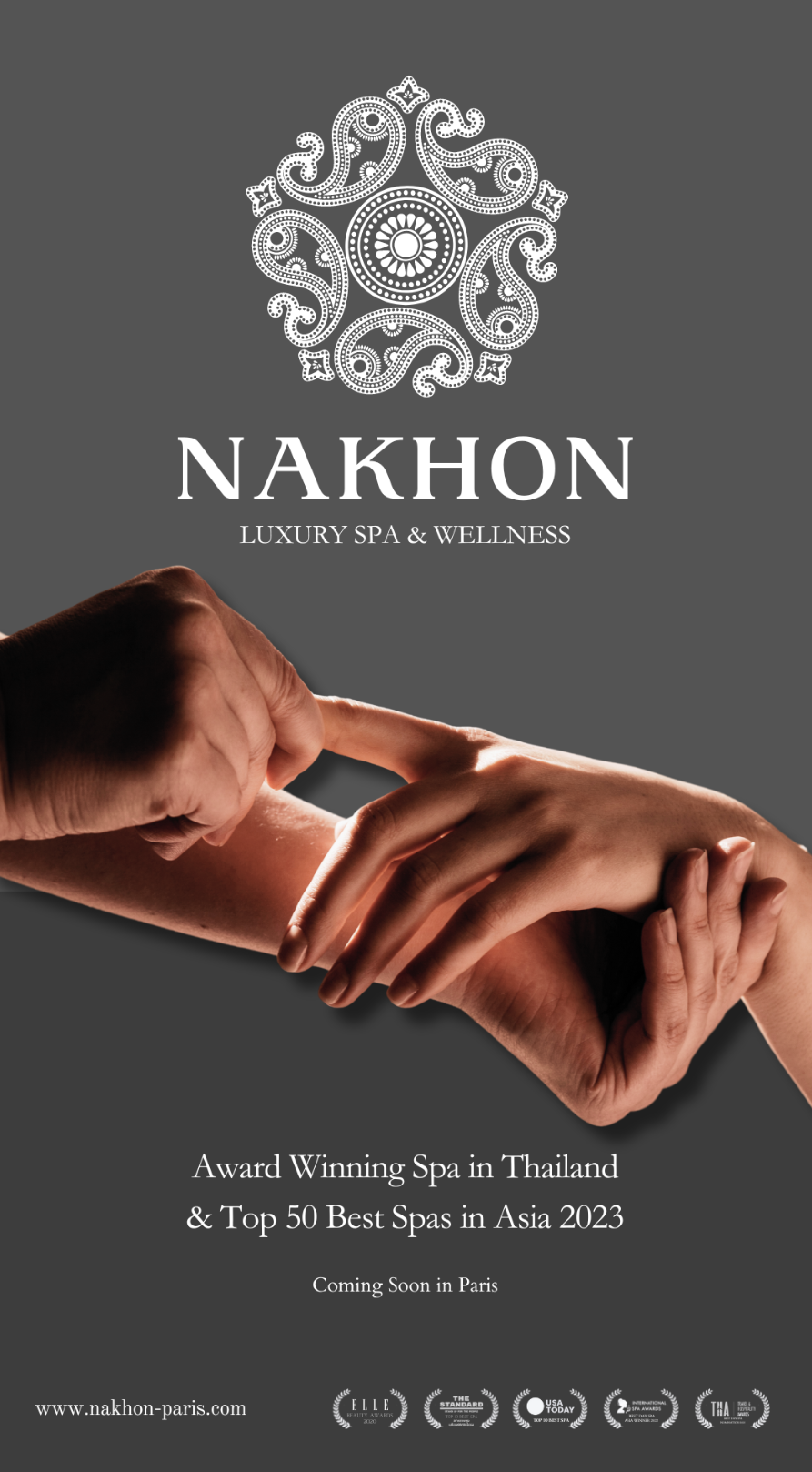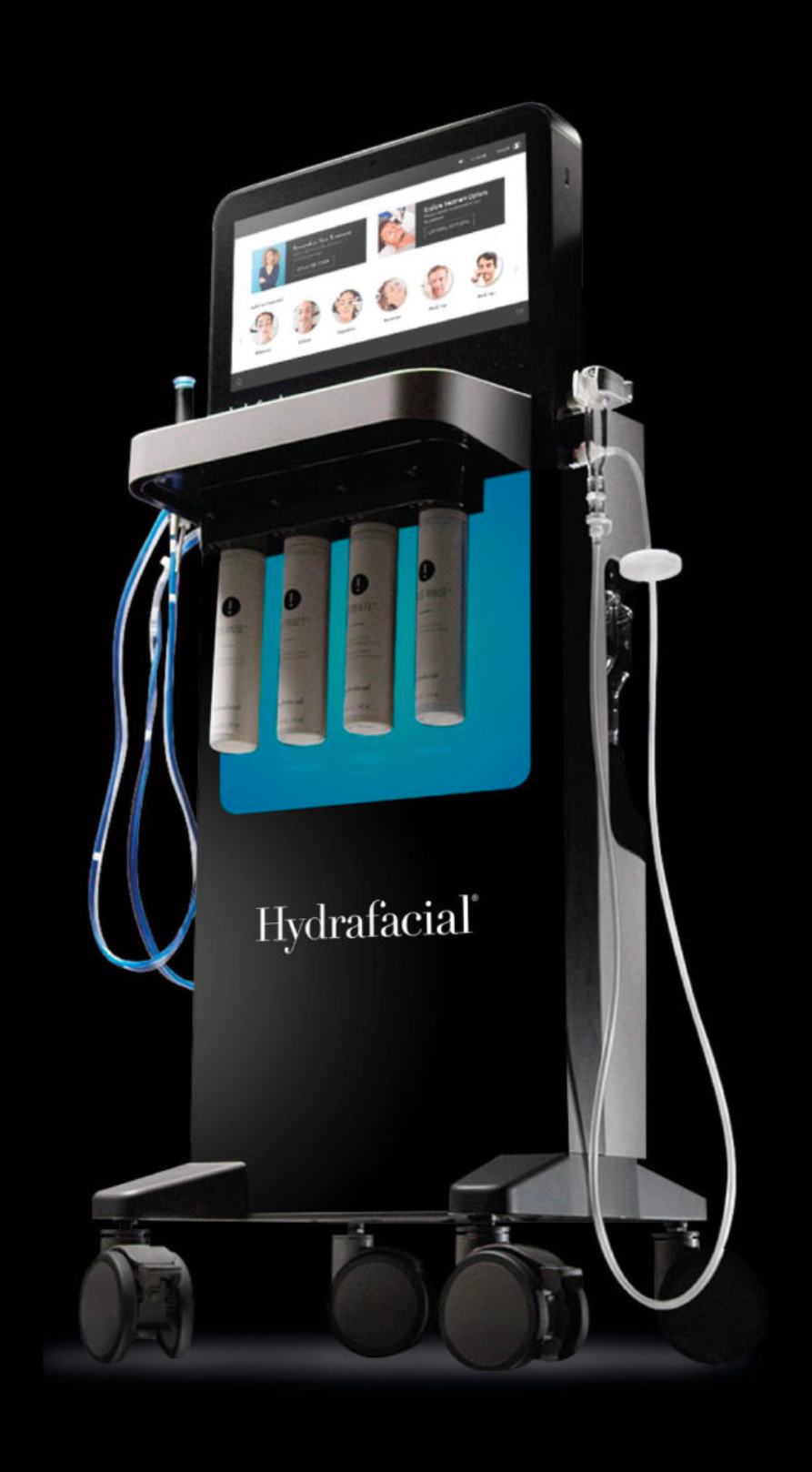In the ever-evolving world of skincare, HydraFacial has emerged as a frontrunner, offering a unique approach to skin rejuvenation and maintenance. But how does it stack up against other popular treatments like microdermabrasion, chemical peels, and laser therapy?
This comprehensive showdown delves into the nuances of HydraFacial compared to other skincare solutions, highlighting its effectiveness, versatility for different skin types, and the distinct benefits it offers. Join us as we explore why HydraFacial might just be the superior choice for those seeking radiant, healthy skin.
In the pursuit of perfect skin, a myriad of facial treatments promises to rejuvenate, hydrate, and revitalize. Among these, HydraFacial has gained prominence for its gentle yet effective approach. But how does it compare to other popular treatments? Let’s explore HydraFacial in contrast with five renowned facial treatments: microdermabrasion, chemical peels, laser resurfacing, LED light therapy, and traditional facials.
Introduction to HydraFacial Comparison
In the quest for flawless, youthful skin, HydraFacial has carved out a significant niche for itself, acclaimed for its gentle yet effective approach to skincare. As we delve into the world of facial treatments, it's essential to understand how HydraFacial stands apart from traditional methods such as microdermabrasion, chemical peels, and laser treatments. This comparison aims to shed light on the unique benefits, processes, and outcomes associated with HydraFacial, juxtaposed against other popular skincare treatments.
HydraFacial is celebrated for its three-step process that combines cleansing, exfoliating, and infusing the skin with intensive serums. Unlike other treatments that might be abrasive or require downtime, HydraFacial boasts minimal side effects and immediate results. Our comparison will focus on key aspects such as the treatment's ability to cater to various skin types, the level of invasiveness, recovery time, and the overall impact on skin health and appearance.
By examining HydraFacial in relation to other facial treatments, we aim to provide a clear perspective on why it might be the preferred choice for individuals seeking a non-invasive, all-in-one solution for radiant and healthy skin. Whether you're battling fine lines, acne, or dullness, understanding the strengths and limitations of each treatment will empower you to make an informed decision tailored to your skin's unique needs.

1. HydraFacial vs. Microdermabrasion
Microdermabrasion is a mechanical exfoliation technique that removes the outer layer of dead skin cells. It's known for improving skin texture and reducing the appearance of fine lines and mild acne scars. However, it can be abrasive and may not be suitable for sensitive skin types. HydraFacial, on the other hand, offers a gentler alternative. It combines exfoliation with hydration and serum infusion, making it suitable for all skin types, including sensitive skin. Unlike microdermabrasion, HydraFacial provides hydration and nourishment, leading to immediate radiance without irritation or downtime.
2. HydraFacial vs. Chemical Peels
Chemical peels involve applying a chemical solution to the skin to remove its damaged outer layers. The depth of the peel can vary, targeting concerns from fine lines to deep wrinkles and significant sun damage. While effective, chemical peels often require downtime and can lead to peeling and redness.HydraFacial stands out for its non-invasive nature, offering similar benefits without the discomfort or recovery time. It’s particularly appealing for those seeking a milder option that still addresses skin tone, texture, and overall skin health.
3. HydraFacial vs. Laser Resurfacing
Laser resurfacing treatments use targeted beams of light to reduce skin irregularities like wrinkles, acne scars, and hyperpigmentation. While laser treatments can be highly effective, they typically involve some level of discomfort and a period of recovery, where the skin may be red and sensitive. In contrast, HydraFacial provides a non-laser solution that focuses on enhancing the skin's health from the inside out. It’s less aggressive than laser resurfacing and suitable for individuals looking for minimal downtime and a non-thermal way to rejuvenate their skin.
4. HydraFacial vs. LED Light Therapy
LED Light Therapy uses varying wavelengths of light to treat acne, reduce inflammation, and promote anti-aging effects. While LED therapy is non-invasive and painless, it often requires multiple sessions to achieve noticeable results and is usually part of a larger treatment regimen. HydraFacial complements the benefits of LED light therapy by offering immediate visible improvements in skin hydration, texture, and appearance in a single session. It can also incorporate LED light therapy as part of its multi-step process, providing a more comprehensive treatment approach.

5. HydraFacial vs. Traditional Facials
Traditional facial treatment typically involve cleansing, exfoliating, extracting, and moisturizing the skin. While they can be customized to some extent, they may not always provide the deep cleansing and hydration benefits suitable for all skin types or address specific skin concerns as effectively. HydraFacial elevates the facial experience by using a patented technology to cleanse, extract, and hydrate. Its ability to infuse the skin with antioxidants, peptides, and hyaluronic acid during the treatment sets it apart, offering a tailored approach that addresses a wide range of skin issues, from aging to acne, with no discomfort or downtime.
Conclusion
While each facial treatment has its merits, HydraFacial distinguishes itself with its gentle yet effective approach, making it suitable for virtually any skin type and concern. Its versatility, combined with the lack of downtime and immediate results, positions HydraFacial as a preferred choice for those seeking comprehensive skin rejuvenation. Whether you're looking to address specific skin issues or simply wish to maintain your skin's health and radiance, HydraFacial offers a customizable, all-in-one solution that stands out in the crowded field of skincare treatments.
6 Key Criteria for Comparing HydraFacial to Other Facials
Skin Type Suitability
Evaluate how well the treatment caters to various skin types, including sensitive, oily, dry, combination, or acne-prone skin. HydraFacial is known for its suitability across a broad spectrum of skin types due to its gentle yet effective cleansing and hydration process.
Customization Potential
Consider the ability to tailor the treatment to address specific skin concerns such as fine lines, wrinkles, dark spots, and acne. HydraFacial offers a range of serums and boosters that can be customized for individual skin needs.
Downtime and Side Effects
Assess the expected recovery time and potential side effects associated with each treatment. HydraFacial is notable for having minimal to no downtime, making it a convenient option for those with busy schedules.
Long-term Benefits
Consider the long-term impact of the treatment on skin health, including its ability to provide lasting hydration, reduce signs of aging, and improve overall skin quality over time.
Cost and Accessibility
Evaluate the cost of the treatment and its availability in your area. While HydraFacial is widely available in many dermatology clinics and spas, prices can vary, so it's important to consider whether the benefits justify the investment.
Treatment Efficacy
Look at the effectiveness of the treatment in achieving desired outcomes, such as improved skin texture, tone, and hydration. Assess how quickly and effectively each treatment can deliver visible results.



